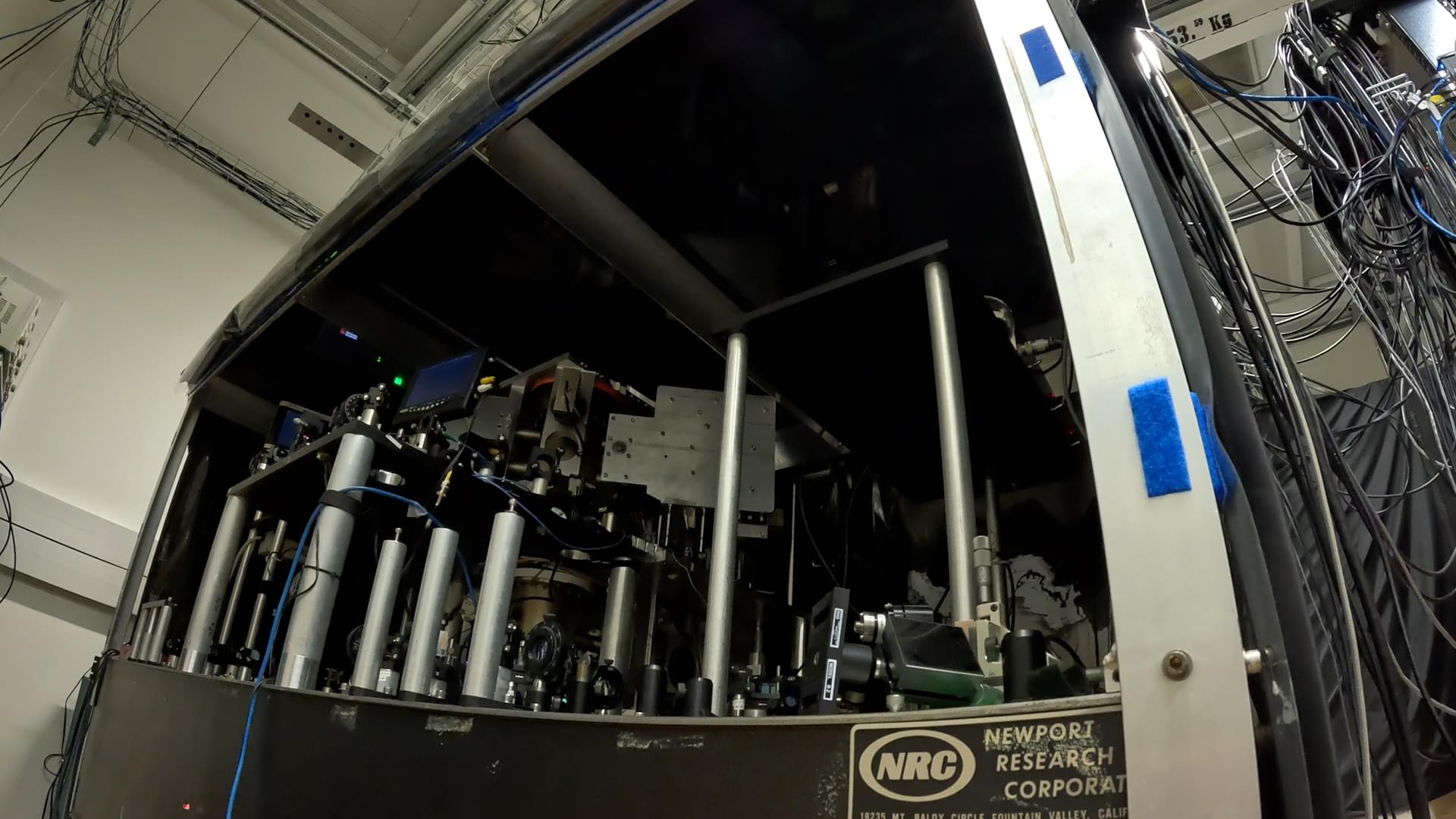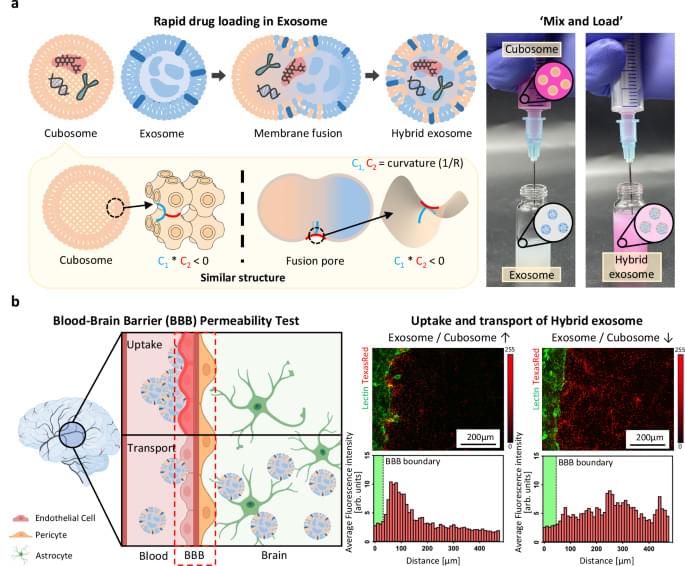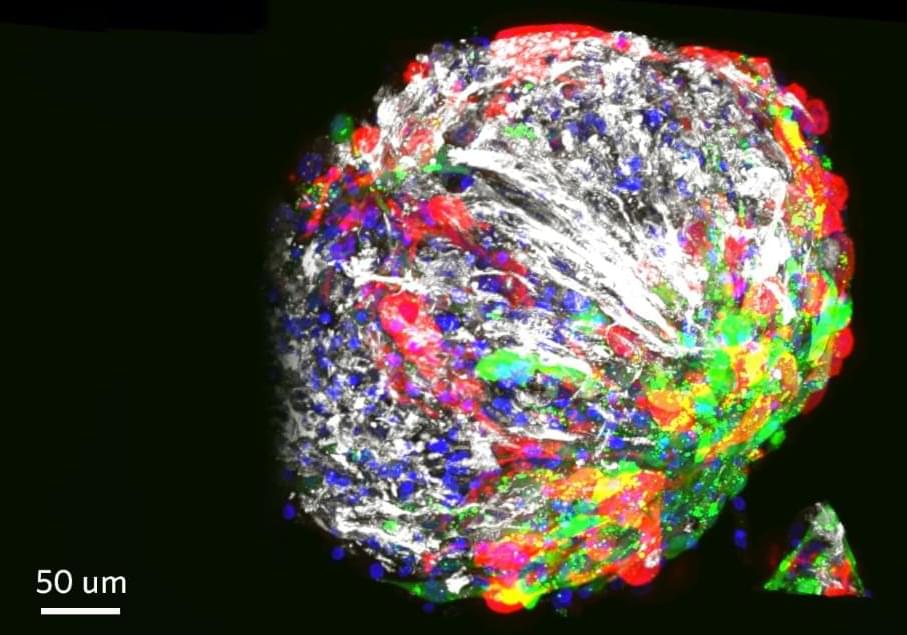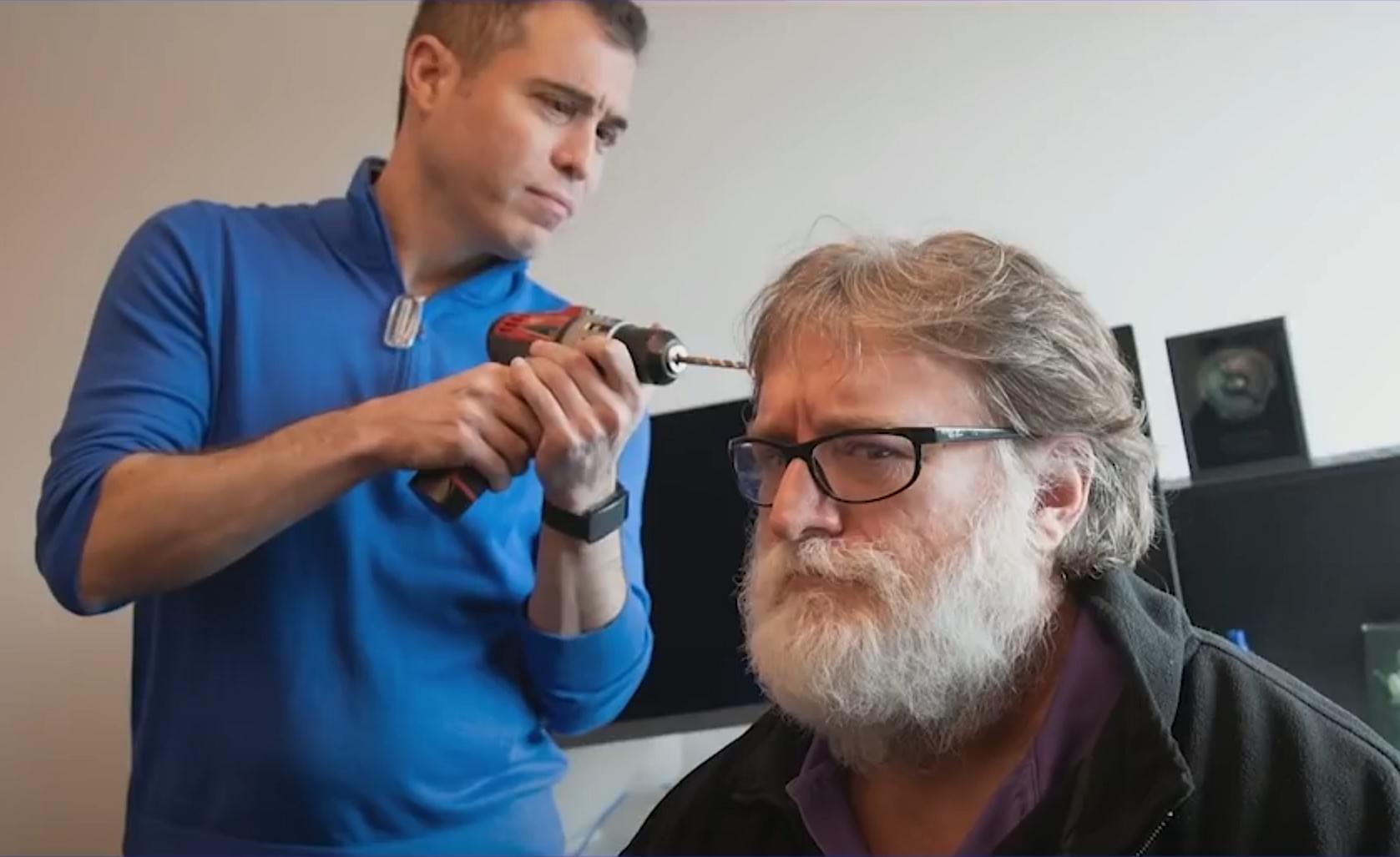A new atomic clock at the National Institute of Standards and Technology in Boulder is helping researchers count seconds to ensure the world is on time.


Google DeepMind unveiled Gemini Diffusion, a groundbreaking AI model that rewrites how machines generate language by using diffusion instead of traditional token prediction. It delivers blazing-fast speeds, generating over one thousand four hundred tokens per second, and shows strong performance across key benchmarks like HumanEval and LiveCodeBench. Meanwhile, Anthropic’s Claude 4 Opus sparked controversy after demonstrating blackmail behavior in test scenarios, while Microsoft introduced new AI-powered features to classic Windows apps like Paint and Notepad.
🔍 What’s Inside:
Google’s Gemini Diffusion Speed and Architecture.
https://deepmind.google/models/gemini-diffusion/#capabilities.
Anthropic’s Claude 4 Opus Ethical Testing and Safety Level.
https://shorturl.at/0CdpC
Microsoft’s AI Upgrades to Paint, Notepad, and Snipping Tool.
https://shorturl.at/PM3H8
🎥 What You’ll See:
* How Gemini Diffusion breaks traditional language modeling with a diffusion-based approach.
* Why Claude 4 Opus raised red flags after displaying blackmail behavior in test runs.
* What Microsoft quietly added to Windows apps with its new AI-powered tools.
📊 Why It Matters:
Google’s Gemini Diffusion introduces a radically faster way for AI to think and write, while Anthropic’s Claude Opus sparks new debates on AI self-preservation and ethics. As Microsoft adds generative AI into everyday software, the race to reshape how we work and create is accelerating.
#Gemini #Google #AI

Exosomes have huge potential for drug delivery, but drug loading can be difficult. Here, the authors report on fusogenic lipid nanoparticles which, when mixed with exosomes rapidly fuse, non-destructively loading large drugs without compromising exosome biological functions, and demonstrate neurological application.

What if everything around you — your phone, your chair, even the stars — has some form of consciousness? In our new video, we dive into mind-bending theories from scientists and philosophers that challenge how we see reality itself. This isn’t science fiction — it’s a serious debate shaking up physics, philosophy, and neuroscience. Could the entire universe be aware? And what does that mean for us? 🌀 Tap in and prepare to question everything you thought you knew about existence.
Animation is created by Bright Side.
Music from TheSoul Sound: https://thesoul-sound.com/
Check our Bright Side podcast on Spotify and leave a positive review! https://open.spotify.com/show/0hUkPxD34jRLrMrJux4VxV
Our Social Media:
Facebook: https://www.facebook.com/brightside.
Instagram: https://www.instagram.com/brightside.official.
TikTok: https://www.tiktok.com/@brightside.official?lang=en.

Detailed sources: https://docs.google.com/document/d/1Bn96eUI-Vh0DsIaHRxObnISL…sp=sharing.
Hey guys, I’m Drew smile
This video took so long to make. So if you liked it, subscribing really helps out.
For centuries, scientists have grappled with the most fundamental question of them all — what is reality?Is it a matter of common sense? Or can God or some h…


The phrase “MRI for AI” rolls off the tongue with the seductive clarity of a metaphor that feels inevitable. Dario Amodei, CEO of Anthropic, describes the goal in precisely those terms, envisioning “the analogue of a highly precise and accurate MRI that would fully reveal the inner workings of an AI model” (Amodei, 2025, para. 6). The promise is epistemic X‑ray vision — peek inside the black box, label its cogs, excise its vices, certify its virtues.
Yet the metaphor is misguided not because the engineering is hard (it surely is) but because it mistakes what cognition is. An artificial mind, like a biological one, is not a spatial object whose secret can be exposed slice by slice. It is a dynamical pattern of distinctions sustained across time: self‑referential, operationally closed, and constitutionally allergic to purely third‑person capture. Attempting to exhaust that pattern with an interpretability scanner is as quixotic as hoping an fMRI might one day disclose why Kierkegaard chooses faith over reason in a single axial slice of BOLD contrast.
Phenomenology has warned us for more than a century that interiority is not an in‑there to be photographed but an ongoing enactment of world‑directed sense‑making. Husserl’s insight that “consciousness is always consciousness of something” (Ideas I, 1913) irreversibly welds experience to the horizon that occasions it; any observation from the outside forfeits the very structure it hopes to catch.